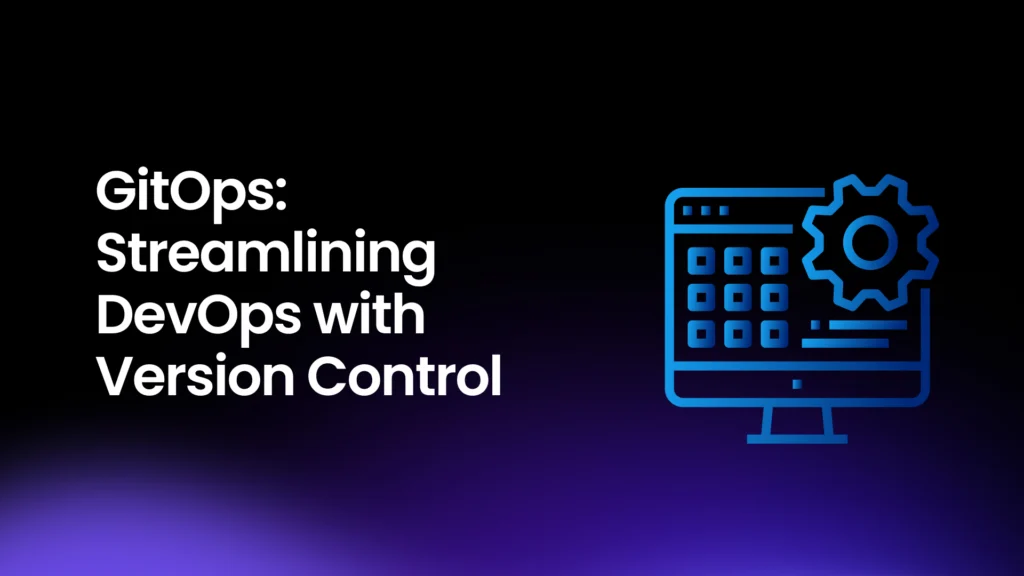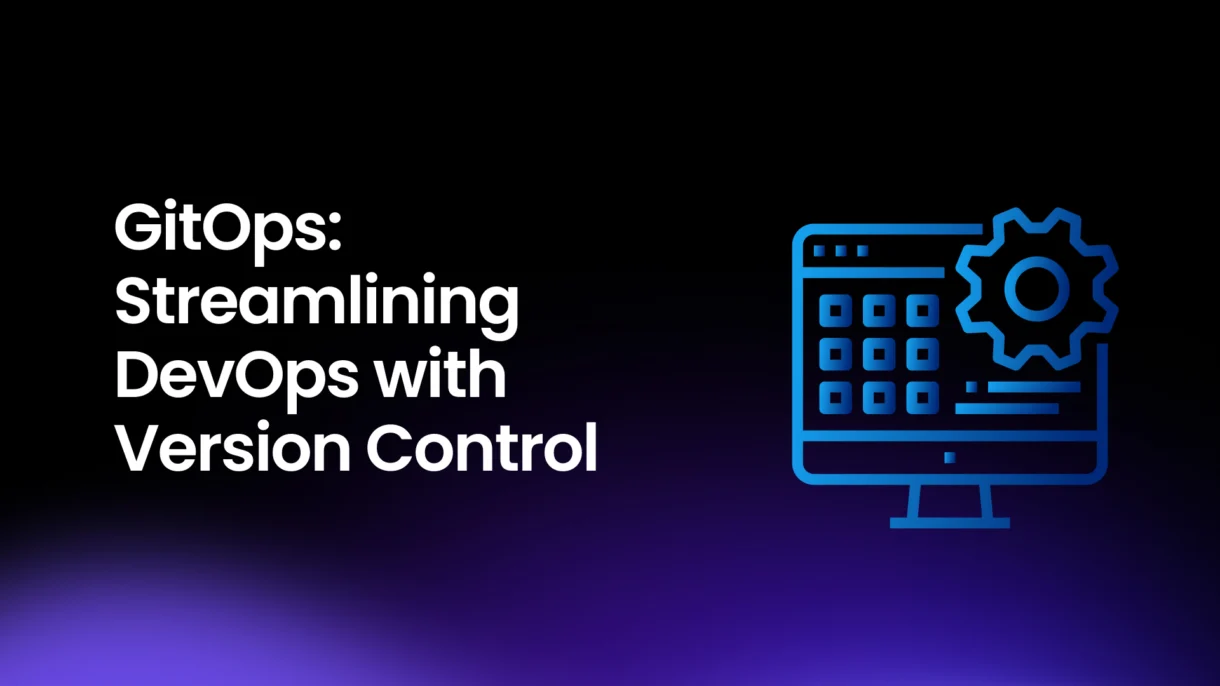In the fast-paced world of DevOps, every advantage counts. Enter GitOps—a transformative approach that brings unparalleled automation and scalability. By treating Git as the single source of truth for configurations and deployments, GitOps not only streamlines operations but also strengthens reliability, transparency, and security in DevOps workflows.

1. What is GitOps, and Why Is It Transforming DevOps?
GitOps is a game-changing framework that uses Git for managing infrastructure as code, making it a critical tool in cloud-native and Kubernetes environments. This strategy aligns with CI/CD best practices and supports smoother, more predictable deployment processes. GitOps empowers development teams to work more collaboratively, confidently, and securely.
GitOps empowers DevOps teams to automate with confidence, ensuring efficient, scalable systems that adapt as technology evolves.
1. What is GitOps, and Why Is It Transforming DevOps?
GitOps is a game-changing framework that uses Git for managing infrastructure as code, making it a critical tool in cloud-native and Kubernetes environments. This strategy aligns with CI/CD best practices and supports smoother, more predictable deployment processes. GitOps empowers development teams to work more collaboratively, confidently, and securely.
2. Top Benefits of GitOps for DevOps Teams
GitOps offers several key advantages that make it a must-have in modern DevOps:
- Automated Consistency: Using Git as a single source of truth, GitOps ensures that configurations are always consistent and up to date.
- Enhanced Collaboration: Teams can view, review, and approve changes easily, fostering transparency.
- Security Boost: GitOps maintains an auditable and version-controlled environment, allowing for safer and more secure deployment.
3. Getting Started with GitOps: A Step-by-Step Guide
To leverage GitOps, follow these essential steps:
- Use Git as Your Single Source of Truth: Start by setting up a Git repository to manage configurations, infrastructure, and application code.
- Configure Kubernetes for GitOps: Sync your Git repository with your Kubernetes clusters for automatic updates.
- Deploy with CI/CD Tools: Use popular GitOps tools like ArgoCD or Flux to automate deployments directly from Git.
4. Overcoming Challenges with GitOps
As with any powerful tool, GitOps presents some unique challenges. Here’s how to manage them:
- Scaling: As organizations grow, managing complex environments can be tough. Breaking configurations into smaller repositories can help.
- Secret Management: Using tools like HashiCorp Vault can secure sensitive information.
- Effective Monitoring: For issue detection, use tools like Prometheus and Grafana to ensure continuous uptime.
5. Case Studies: Success Stories of GitOps
GitOps has proven its value across various industries. Here are two examples:
- Company A achieved a 60% reduction in deployment time by implementing GitOps, creating faster, more reliable updates.
- Company B reported a marked improvement in infrastructure stability and fewer production errors thanks to automated consistency.
6. Future of GitOps in DevOps: What to Expect?
As GitOps gains traction, future trends might include AI-driven scaling, deeper integration with DevSecOps practices, and more robust automation options for complex infrastructures.
7. Conclusion: Why GitOps is Essential for DevOps Teams Today
For DevOps teams looking to enhance automation, improve security, and scale efficiently, GitOps offers a reliable and innovative path forward. Adopting GitOps not only supports current CI/CD practices but also aligns with the future of cloud-native DevOps.
Call to Action: Dive into GitOps with tools like ArgoCD or Flux and explore how this approach can benefit your team today!



